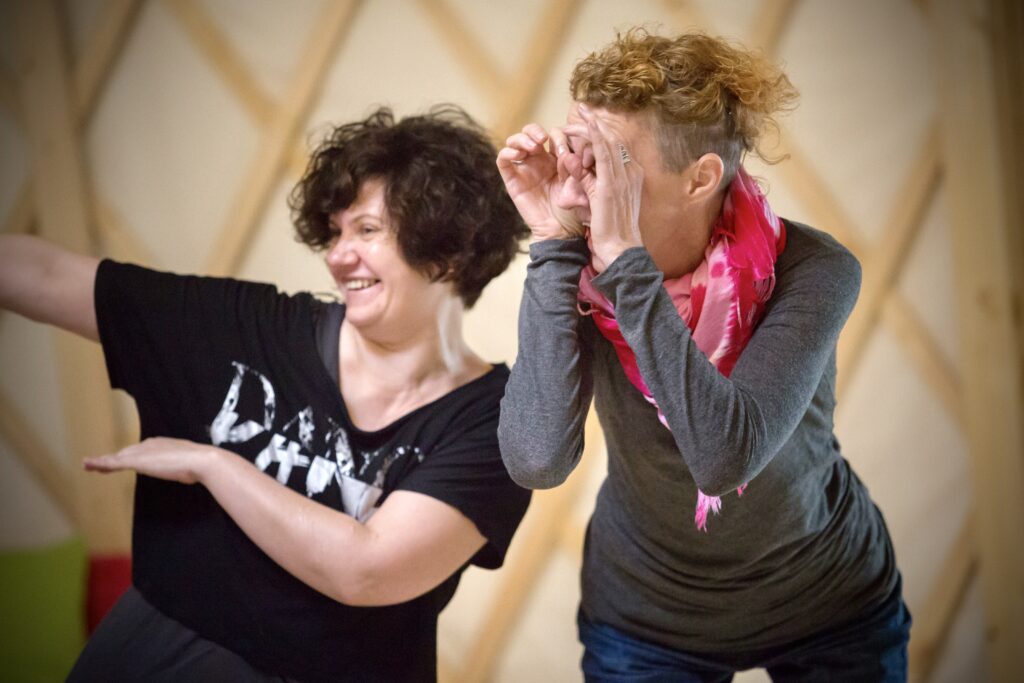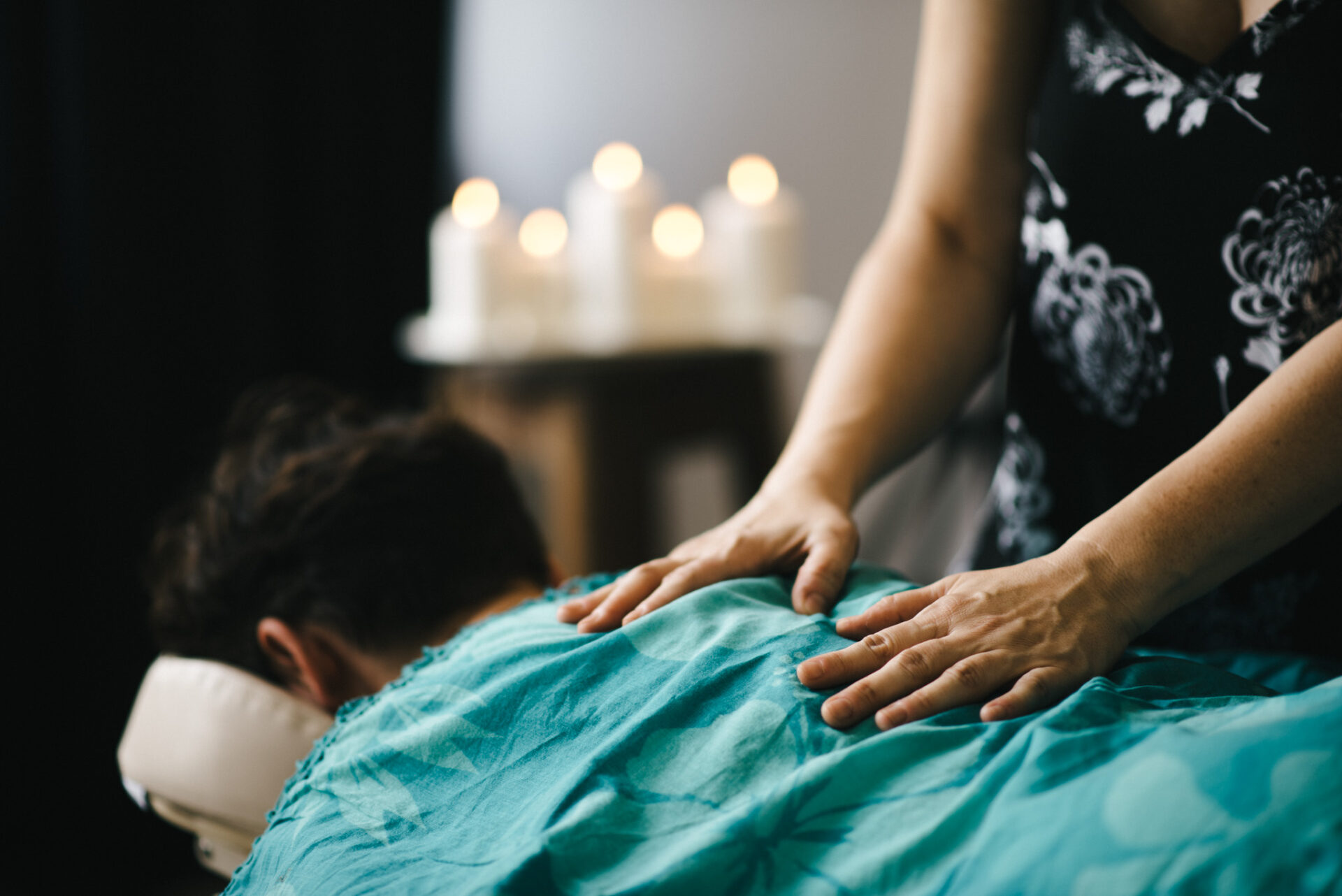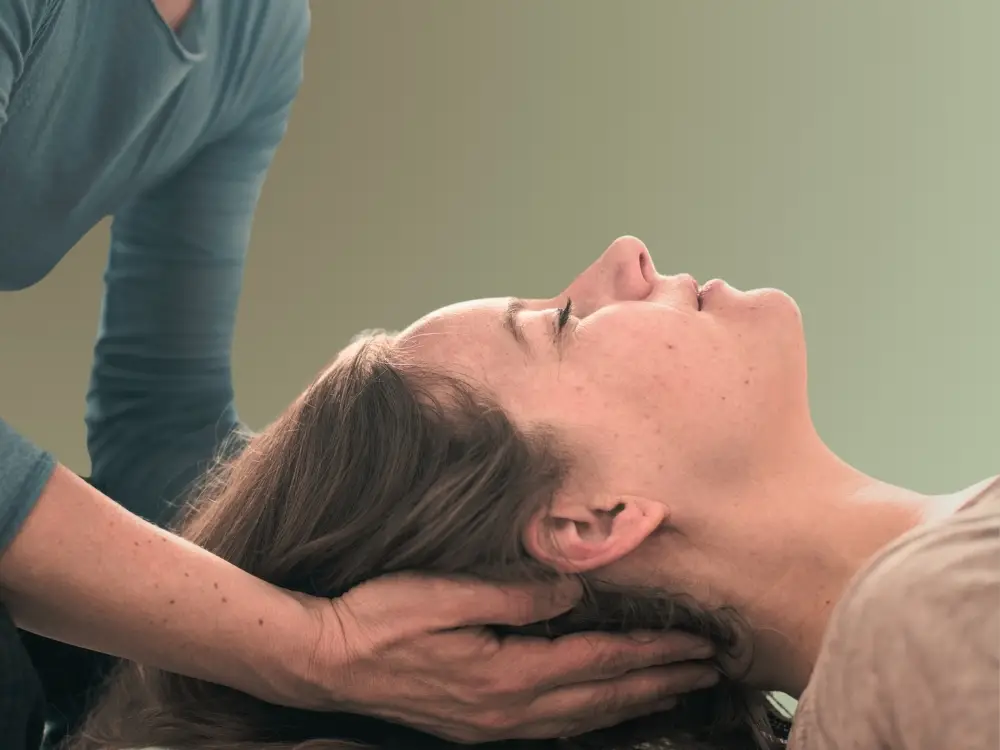Play is an essential part of our lives and can be more effective than serious, tough work.
Body Play allows us to tap into our body’s wisdom, unleash our creativity, and embark on a journey of healing and self-discovery. Through spontaneous and self-directed movements, we can release tension, process emotions, and connect with our authentic selves.
Body Play as therapy helps us reconnect with our bodies, benefiting those who have experienced trauma or emotional blockages. By engaging in playful and expressive movements, we can access self-awareness and inner resources. Movement becomes a catalyst for transformation and healing.
Unlike traditional therapeutic approaches like Bodywork, which rely on specific techniques and interventions, Body Play focuses on our innate capacity for self-healing and growth. It encourages spontaneous, creative, and self-directed physical interactions with our bodies. During this process, we can explore emotions, release stress, and connect with our inner child.
Furthermore, Body Play has a transformative impact on our emotional, mental, and spiritual well-being. It nurtures self-expression, creativity, and boundary exploration. Through joy and freedom, we build resilience, self-confidence, and self-acceptance.
Therapy and transformation don’t have to be serious and tough. Embrace the power of Body Play and unlock your full potential
“Body Play” as a concept in transformation and healing likely refers to the practice of engaging the physical body in various exercises or activities to facilitate personal growth, transformation, and healing. It could include a wide range of practices from many different traditions and disciplines. Here are a few key components:
- Body Movement: This could involve practices such as yoga, dance, tai chi, or other movement-based practices. The goal here is to use physical movement to release stored emotions or energy, promote physical health, and facilitate a connection between the body and the mind.
- Playfulness: The concept of “play” here suggests a focus on activities that are enjoyable and fun, as opposed to being strict or disciplined. This could mean engaging in activities that bring joy and stimulate the mind and body in a positive way. The play has been shown to reduce stress and increase creativity, both of which can contribute to healing and transformation.
- Somatic Experiencing: Somatic experiencing is a therapeutic technique aimed at relieving the symptoms of trauma and other mental health disorders by focusing on bodily sensations. Body play could incorporate this technique as a way to reconnect with and heal the body.
- Bodywork Therapies: This might also involve various forms of bodywork or touch-based therapies, such as massage, acupuncture, or reiki. These practices can help to release stored tension in the body, promote relaxation, and stimulate the body’s own healing processes.
- Mindfulness and Meditation: Engaging the body in practices like mindfulness and meditation can also be part of body play. This can help to develop a stronger mind-body connection, increase awareness of bodily sensations, and promote a sense of peace and relaxation.
- Expression through Art: Body play may also involve using the body as a medium for artistic expression. This can involve dance, but it might also involve forms like painting, sculpting, or other arts where the body is directly engaged in the creation process.
In all these ways, “Body Play” can be a way of engaging the body in the process of healing and transformation. By bringing attention to the body and engaging it in positive, playful ways, individuals can potentially access new levels of self-awareness and personal growth.



